It is with great pleasure that we finally saw the Jacques-Cartier National Park in Quebec, Canada, open a 1 sq. km area to backcountry users.
Mathieu Brunet, Park director, was really please to see the minimum snowpack of 1 meter finally reach Thursday evening. This season was not the most constant with two major rain episode in January and February.
After two year in the making, obtaining the environmental approval for this pilot project, , it was finally happening and it produced immediate results, confirming the potential. On the first week end, more than 200 persons went and came back with smiles on their faces.
Having developed the idea and selected the area, I was pleased to hear about that. Eastern Canada does not have a great deal of backcountry access and the park opening could really be the start of something. Who knows! One thing is for sure, the sport is growing fast and people dream of powder.
The backcountry area:
With 300 meters of vertical, an average of 30° slope, there is definitely great terrain. It’s a forested area with birch, spruce and fir, it has a moderate density. The top plateau has a 150 meters vertical at 20-25° slope and has a low density, it is perfect for backcountry beginners (i.e advanced skiers/boarders). For more information, you can call the park at (418) 848-3169
The Park is 30-40 minutes from Quebec City and the Welcome center is a few hundred meters away for the base of the area so the access is not a problem. We’ll try to have a short video edit shortly.
Make sure you subscribe to our free email updates below

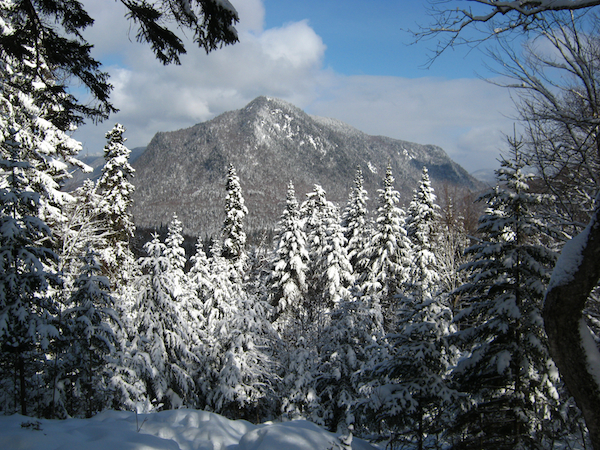
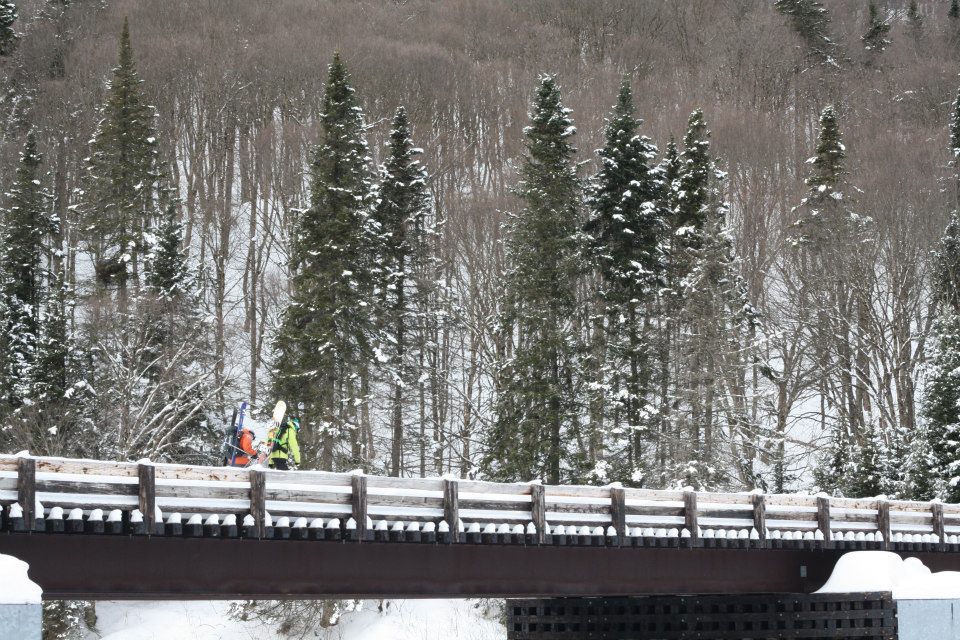
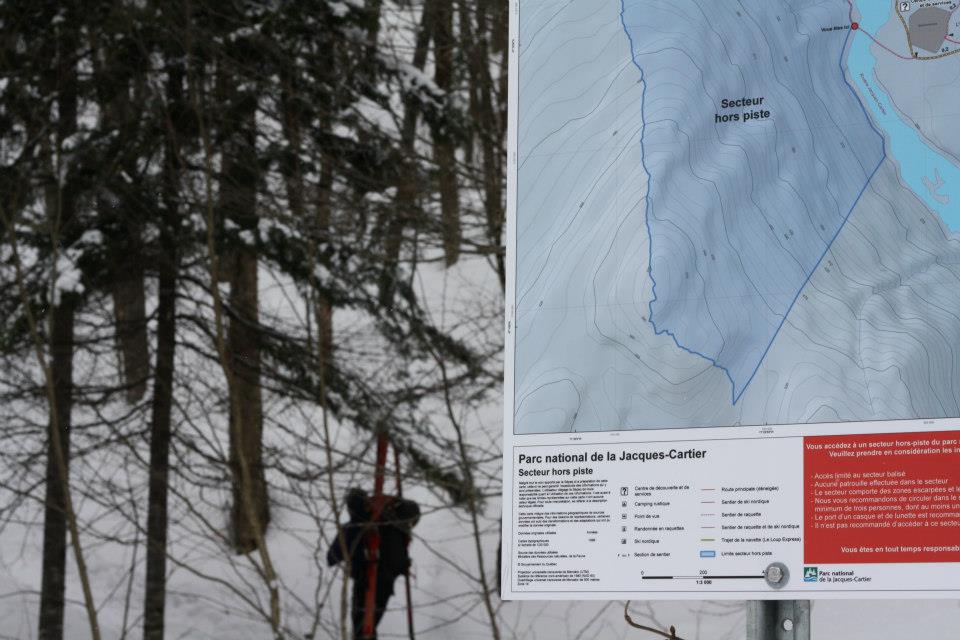
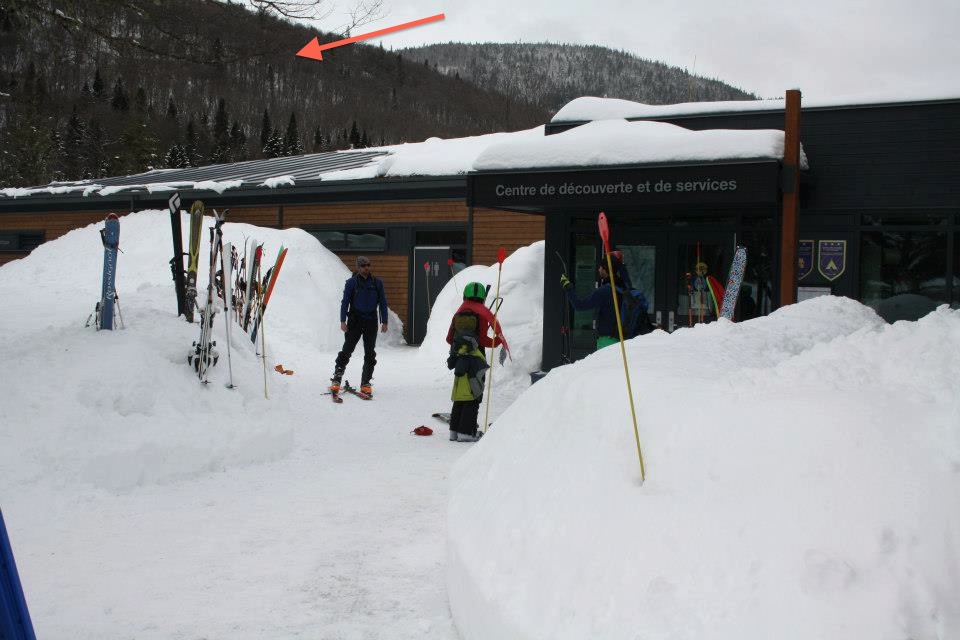
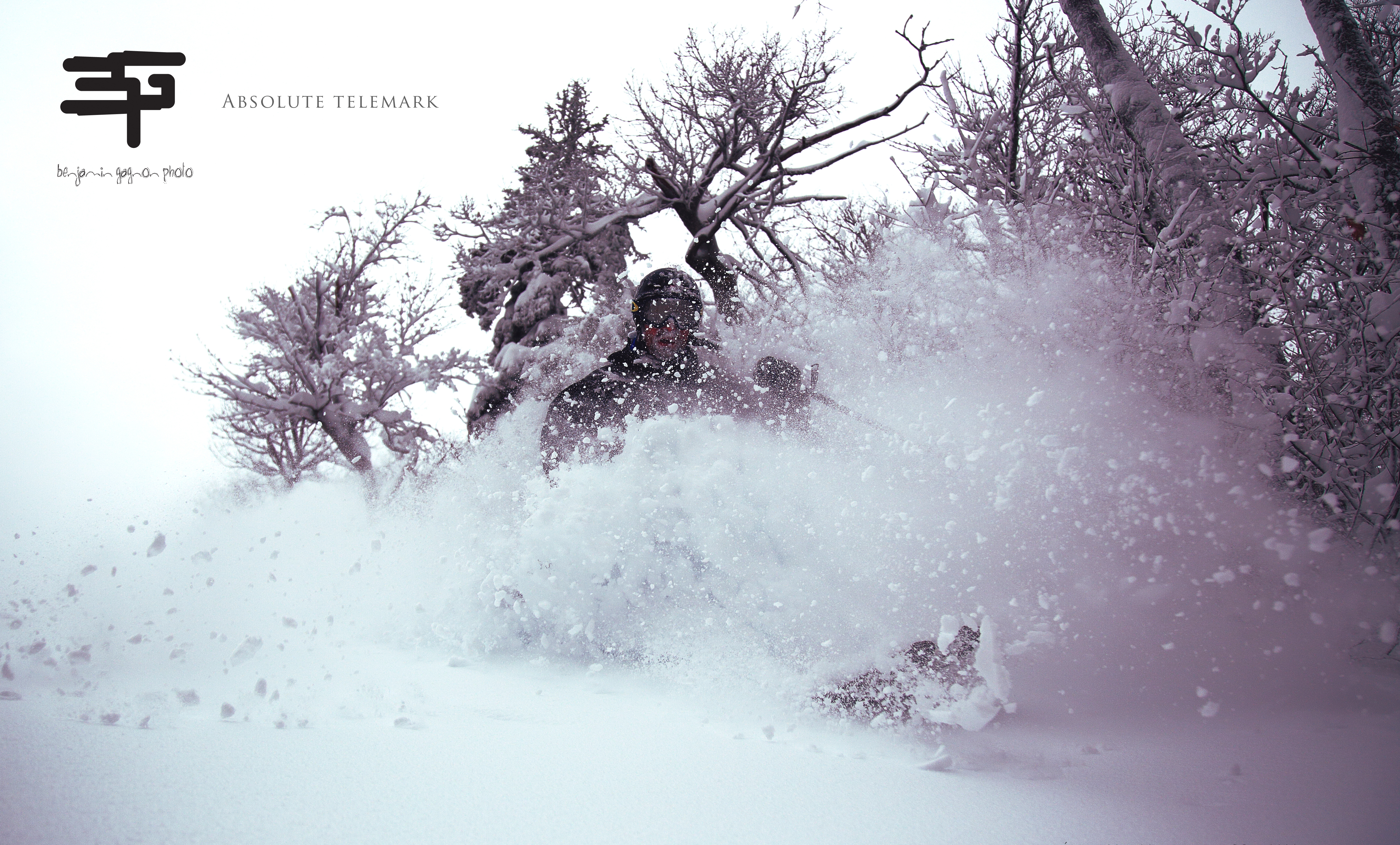
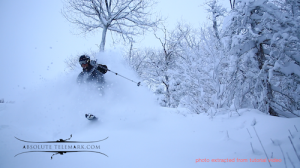
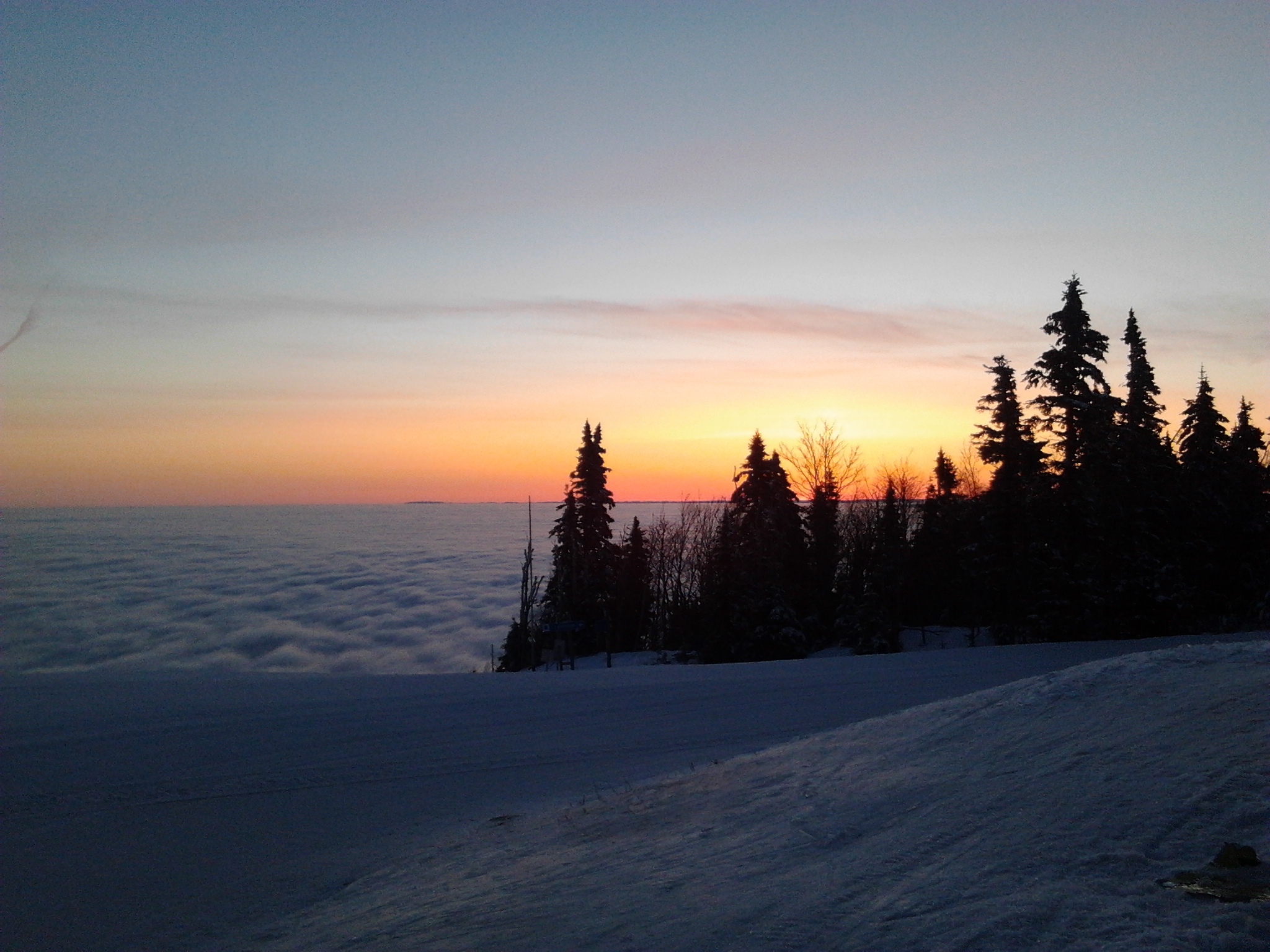

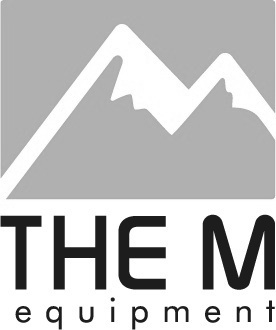


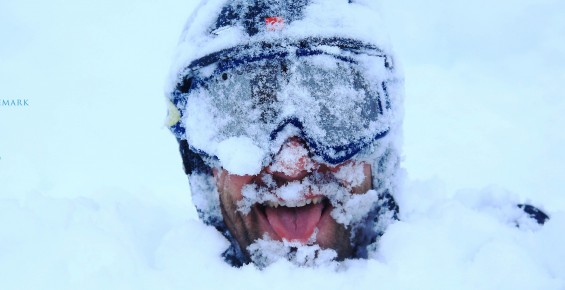
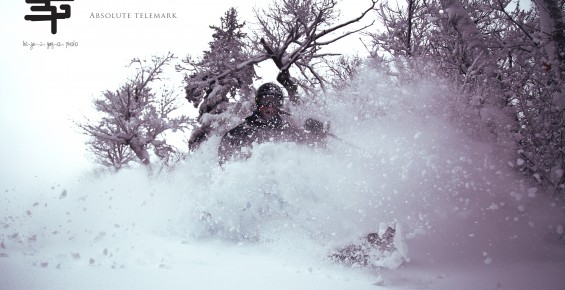

What others think about it